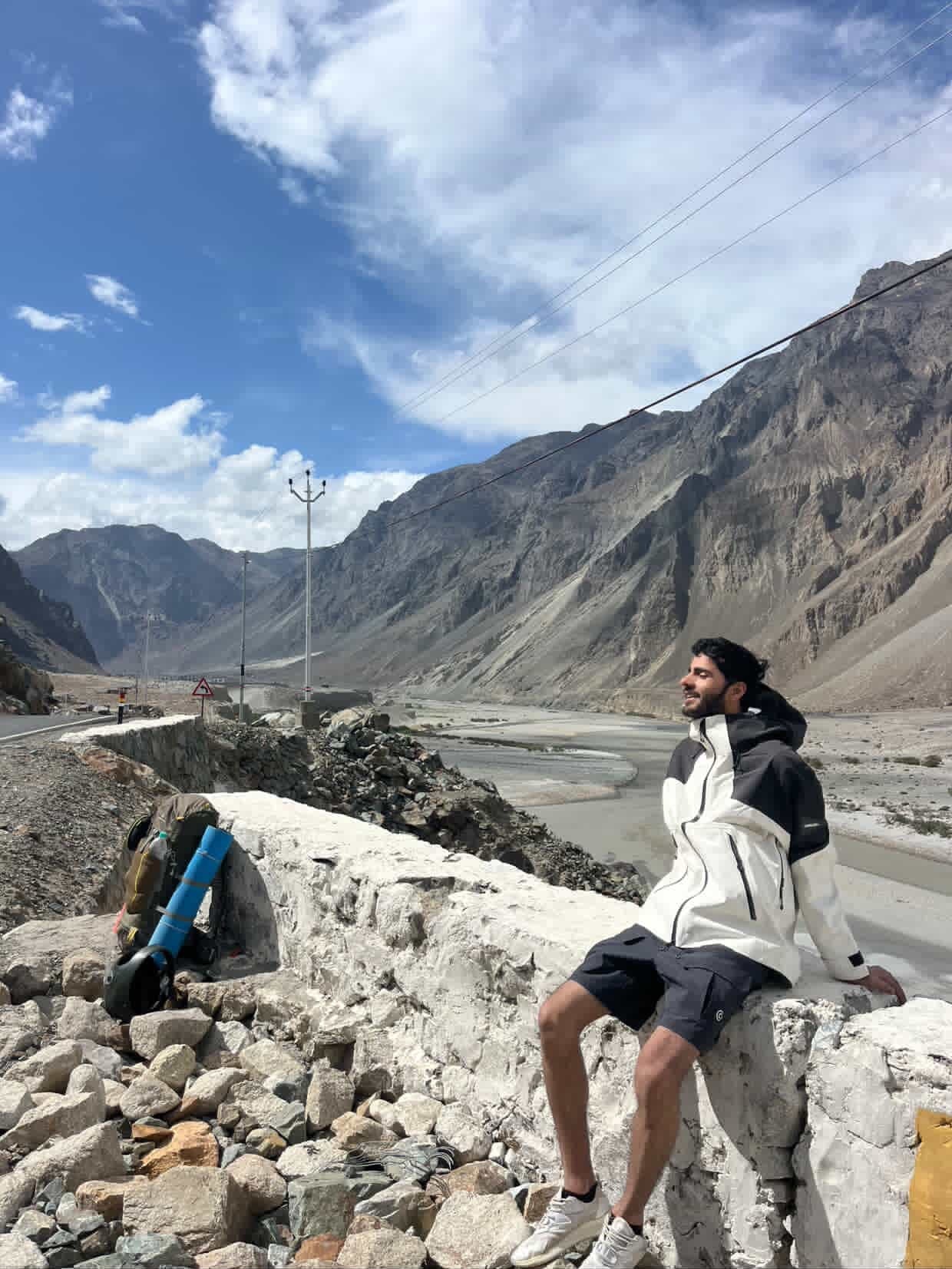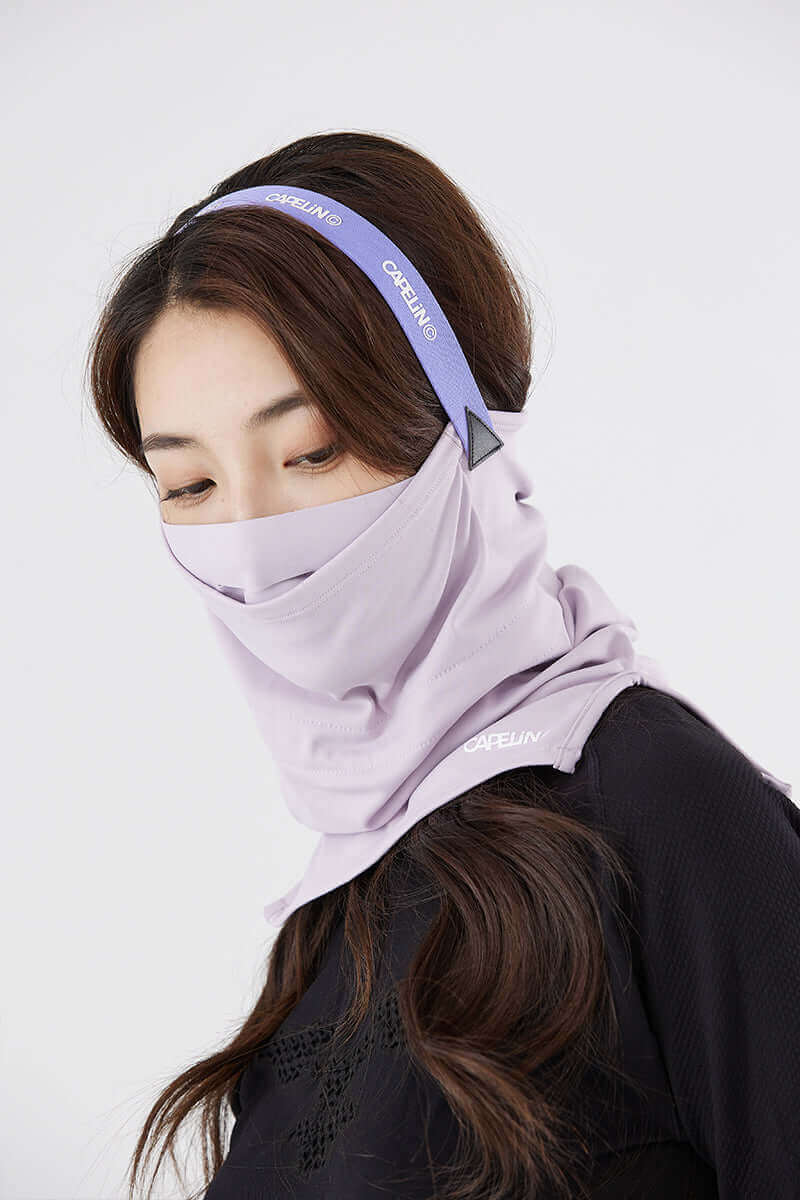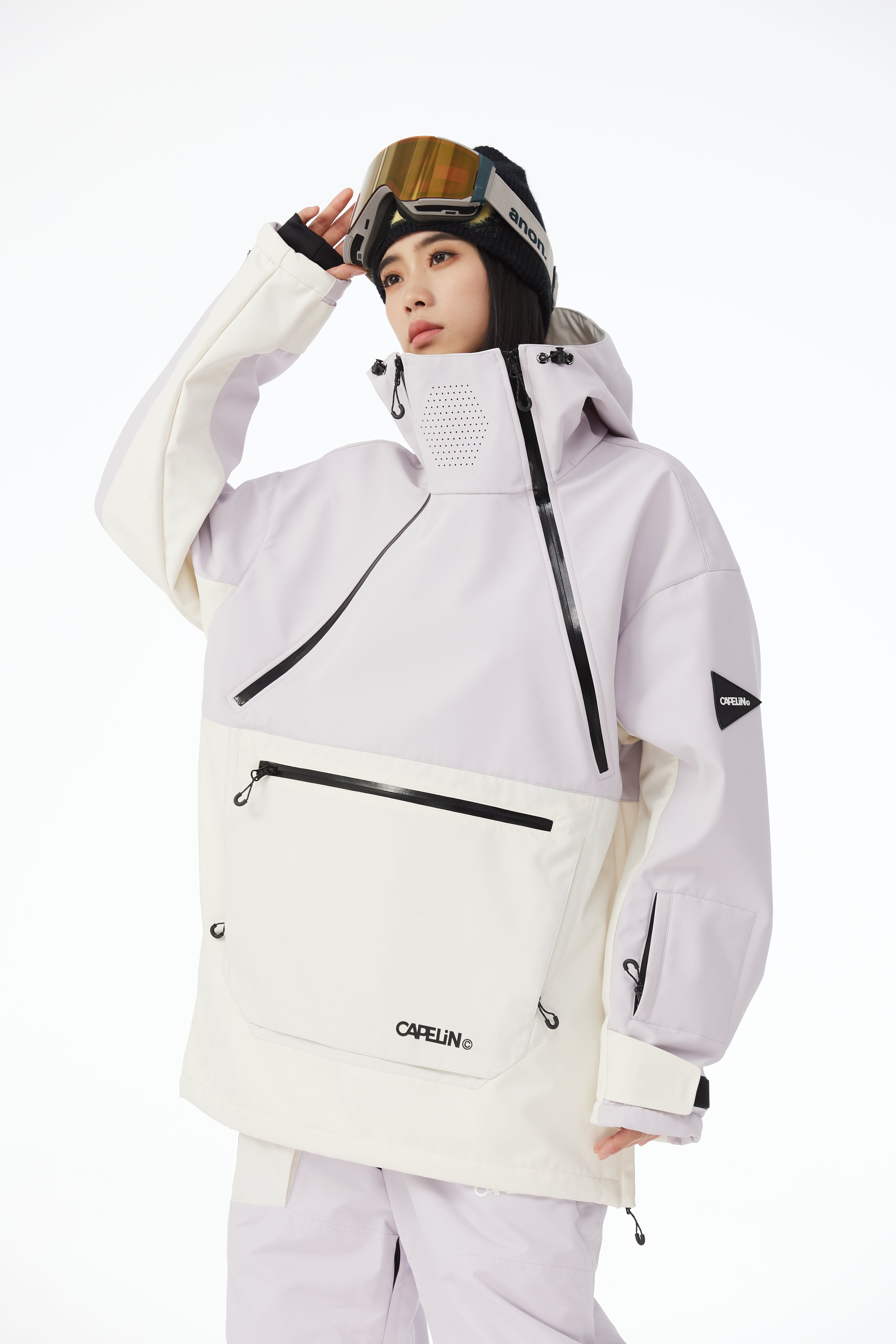Einführung
Wenn auf dem Wanderweg die Wolken aufziehen, kann die Jacke, die man trägt, den Unterschied zwischen einem großartigen Abenteuer und einer miserablen Erfahrung ausmachen. Für viele Outdoor-Fans sind die Begriffe „Wasserdichte Jacken" Und "wasserabweisende Jacke„…“ sind oft ein Grund für Verwirrung. Obwohl sie ähnlich klingen, unterscheiden sie sich grundlegend in ihrer Leistungsfähigkeit. Dieses Verständnis und ihre Funktionsweise beim Wandern und Trekking sind entscheidend, um in der Wildnis trocken und komfortabel zu bleiben.
Was ist eine wasserdichte Jacke?
A Wasserdichte Jacke Es wurde entwickelt, um maximalen Regenschutz zu bieten. Stellen Sie es sich wie Ihr persönliches, tragbares Zelt vor – es ist so konstruiert, dass es das Eindringen von Wasser vollständig verhindert.
Dies wird üblicherweise durch eine robuste, wasserdichte Membran oder Beschichtung unter dem Obermaterial erreicht. Diese Jacken sind so konstruiert, dass sie längeren Perioden mit mäßigem bis starkem Regen standhalten und sich somit auch bei unvorhersehbarem und rauem Bergwetter bewährt haben. Viele Wasserdichte Jacken Auch verfügen über versiegelte Nähte um zu verhindern, dass Wasser durch die Nahtlöcher eindringt.
Es ist wichtig zu beachten, dass fast alle hochwertigen Wasserdichte Jacken verwenden Sie ein DWR Die Beschichtung des Obermaterials bildet nicht die primäre wasserdichte Schicht, sondern verhindert, dass sich das Obermaterial mit Wasser vollsaugt, wodurch die Atmungsaktivität und Funktionalität der Jacke erhalten bleiben.
Was ist eine wasserabweisende Jacke?

A wasserabweisende JackeEs bietet hingegen einen grundlegenden Schutz. Leichter Nieselregen, feiner Nebel oder Tau, der durch das Streifen von Laub entsteht, können problemlos abgefangen werden. Das Grundprinzip besteht darin, dass das Gewebe selbst dicht gewebt oder chemisch behandelt ist, um das Eindringen von Wasser bis zu einem gewissen Grad zu verhindern. Dauerhaftem oder starkem Wasserdruck kann es jedoch nicht standhalten. Ein gängiges Beispiel ist ein wasserdichte WindjackeDas Material wird wegen seines geringen Gewichts geschätzt und ist ideal für Aktivitäten mit hoher Intensität an Tagen, an denen ein leichter, unerwarteter Regenschauer auftreten kann. Ähnlich wie bei wasserdichten Jacken ist die Leistung eines solchen Materials wasserabweisende Jacke hängt stark von seiner Oberfläche ab DWR Beschichtung, die dafür sorgt, dass Wasser abperlt und abrollt.
Wie funktionieren wasserdichte und wasserabweisende Jacken?

Die Funktionsweise dieser beiden Jacken ist grundlegend verschieden, und DWR Technologie spielt in beiden Bereichen eine Schlüsselrolle.
● Wasserdichte Jacken: Sie verwenden ein komplexeres, mehrschichtiges System. Der Kern besteht aus einer permanenten, mikroporösen, wasserdichten und atmungsaktiven Membran (e.g(GORE-TEX). Diese Membran verhindert physikalisch das Durchdringen von flüssigen Wassermolekülen, lässt aber gleichzeitig Wasserdampf (Schweiß vom Körper) entweichen und sorgt so für Atmungsaktivität. DWR Die Beschichtung des Obermaterials spielt hier eine unterstützende, aber dennoch entscheidende Rolle: Sie verhindert, dass sich das Obermaterial mit Wasser vollsaugt. Wenn das Obermaterial durchnässt ist, sinkt die Atmungsaktivität der Jacke rapide, und man fühlt sich wie in einer Plastiktüte.
● Wasserabweisende Jacken: Ihr Betrieb ist fast vollständig auf die Dauerhafte Wasserabweisung Beschichtung. Dies ist eine chemische Behandlung, die auf die Außenfläche des Stoffes aufgetragen wird. Wenn Regen auf die Jacke trifft, DWR Die Beschichtung bewirkt, dass Wassermoleküle abperlen und von der Oberfläche abfließen, anstatt absorbiert zu werden. Dies ähnelt dem Lotuseffekt. Dieser Schutz ist jedoch begrenzt; bei anhaltendem Regen oder direktem Druck (z. B. durch einen Rucksackgurt) dringt Wasser schließlich durch.
Wie wählt man die richtige Jacke für verschiedene Aktivitäten aus?

Die Wahl der richtigen Jacke hängt von Ihren konkreten Wanderplänen, Ihrem Aktivitätsniveau und den zu erwartenden Wetterbedingungen ab.
● Wählen Sie eine wasserdichte Jacke, wenn:
○ Sie stehen vor mehrtägigen Trekkingtouren, alpinen Klettertouren oder Wettervorhersagen, die mäßigen bis starken Regen beinhalten.
○ Sie sind in wechselhaften oder unvorhersehbaren Umgebungen wie den Bergen aktiv.
○ Ihre Aktivität beinhaltet lange Phasen mit geringer Bewegungsintensität, bei denen Sie weniger Körperwärme erzeugen und die Atmungsaktivität weniger wichtig ist.
● Wählen Sie eine wasserabweisende Jacke, wenn:
○ Sie betreiben intensive Aktivitäten wie Trailrunning, Fastpacking oder Klettern und benötigen eine Notfalljacke.
○ Die Wettervorhersage ist größtenteils klar, es kann aber zu windigen Bedingungen oder einem leichten Schauer kommen.
○ Sie sollten eine ultraleichte Ersatzschicht für Notfälle in Ihrem Rucksack haben, nur für den Fall, dass sich das Wetter ändert.
Abschluss
Die Wahl zwischen einer wasserdichten und einer wasserabweisenden Jacke ist letztendlich eine Abwägung zwischen Schutzwirkung und Atmungsaktivität. wasserabweisende JackeDank seines geringen Gewichts und seiner hohen Atmungsaktivität eignet es sich perfekt, um sich bei anstrengenden Aktivitäten vor unerwartetem leichten Regen zu schützen.A Wasserdichte Jackeist jedoch Ihre verlässliche Festung gegen garantiert nasse und kalte Bedingungen. Indem Sie verstehen Was ist DWR? Und wenn Sie wissen, wie diese beiden Technologien funktionieren, können Sie eine fundierte Entscheidung treffen, die sicherstellt, dass Sie trocken bleiben und den Wanderweg genießen können, egal was auf Sie zukommt.
Häufig gestellte Fragen
Frage: Wie um eine Jacke wieder wasserdicht zu machen?
Antwort: Verwenden Sie ein spezielles DWR-Spray. Nach dem Waschen gleichmäßig auftragen und bei niedriger Temperatur im Wäschetrockner trocknen, um die wasserabweisende Beschichtung aufzufrischen.












